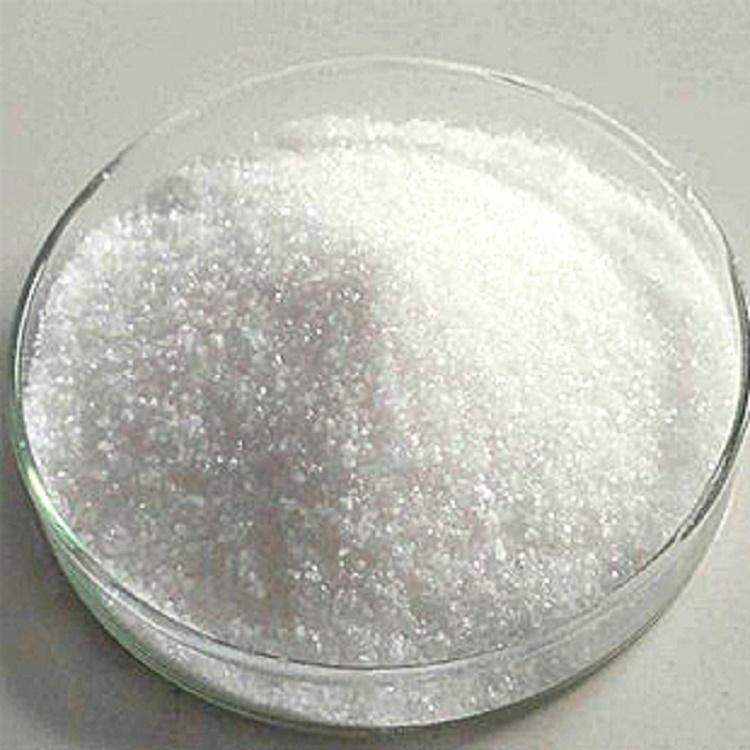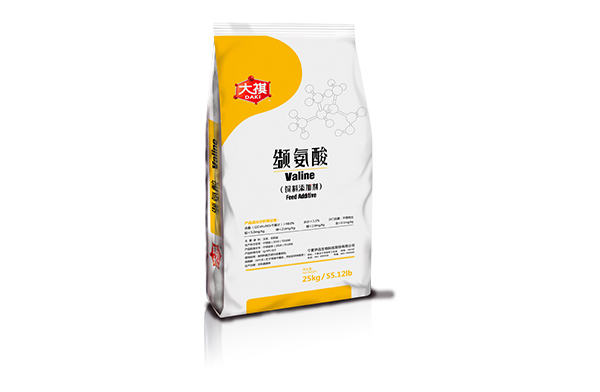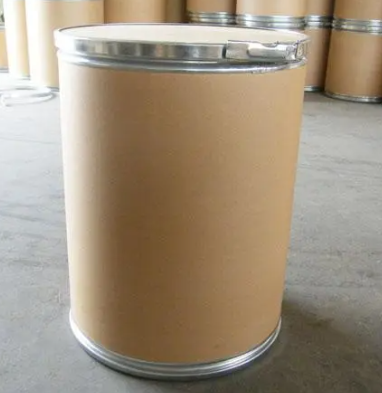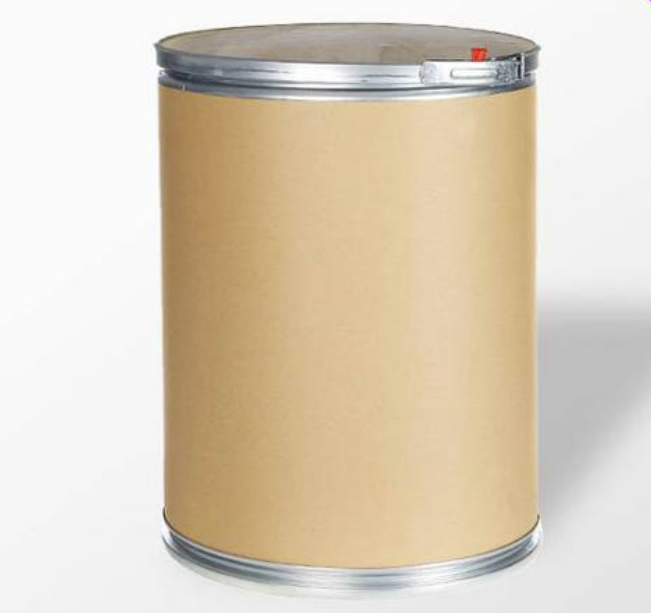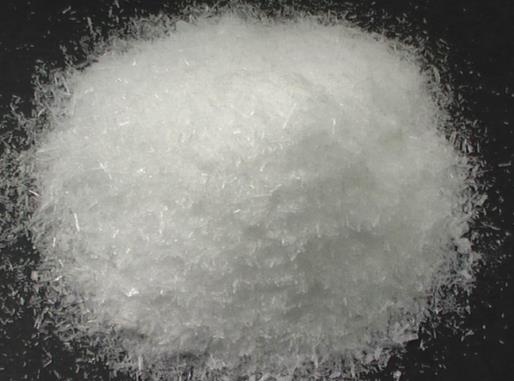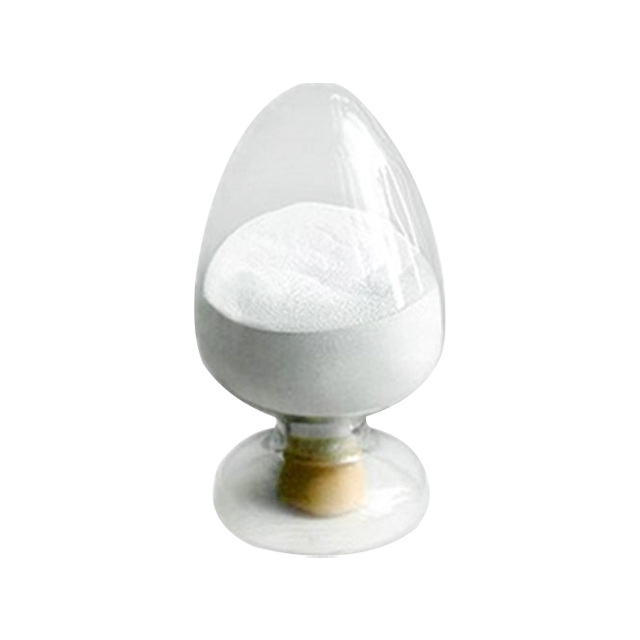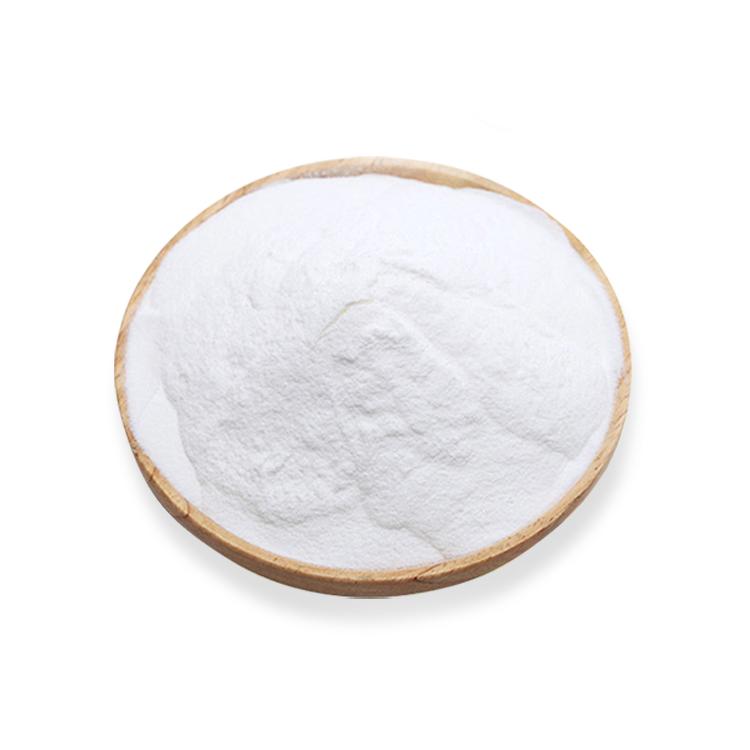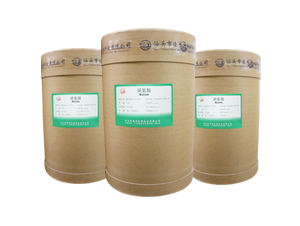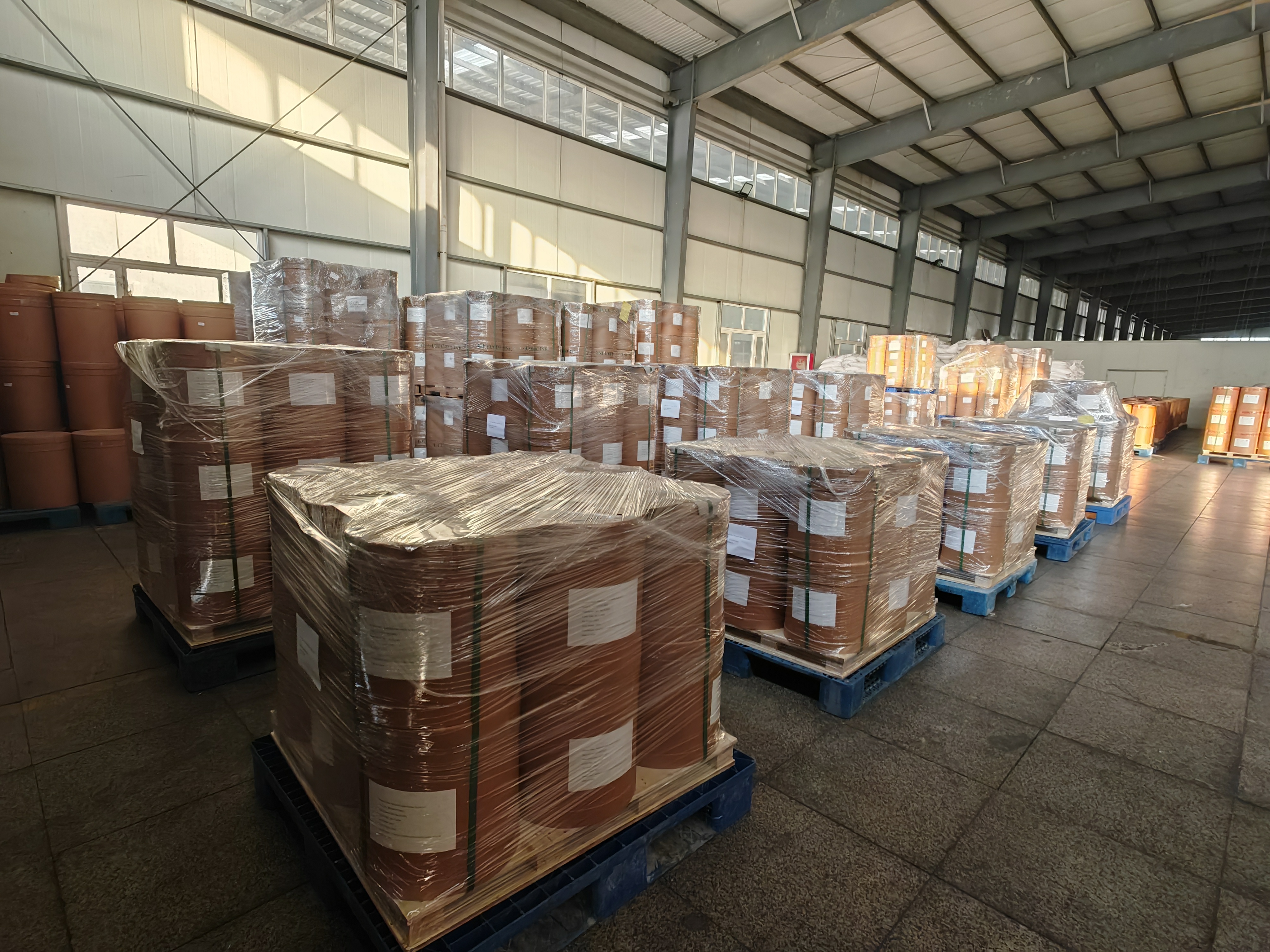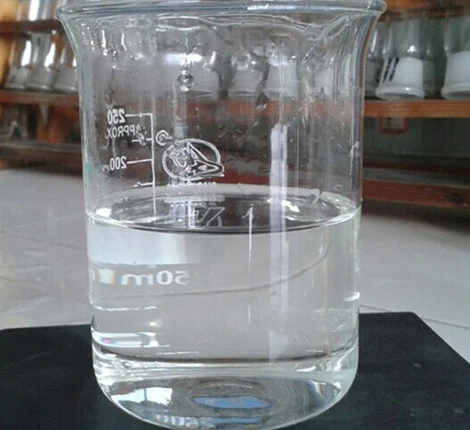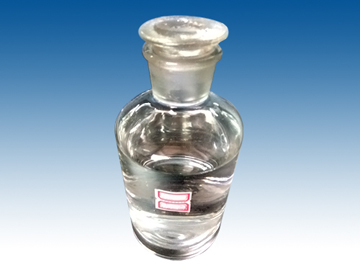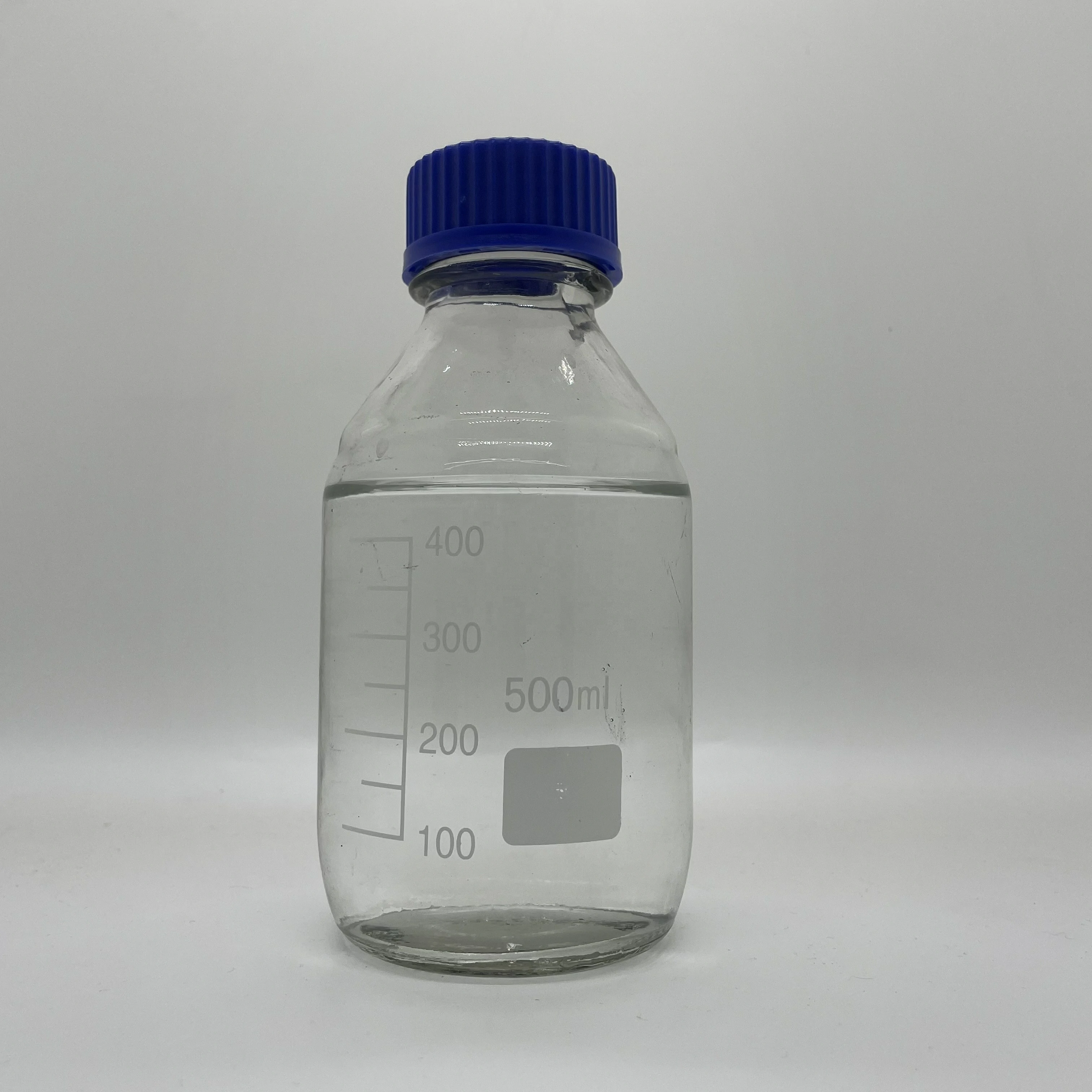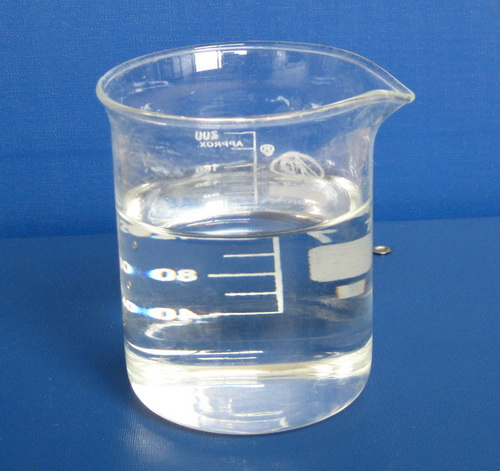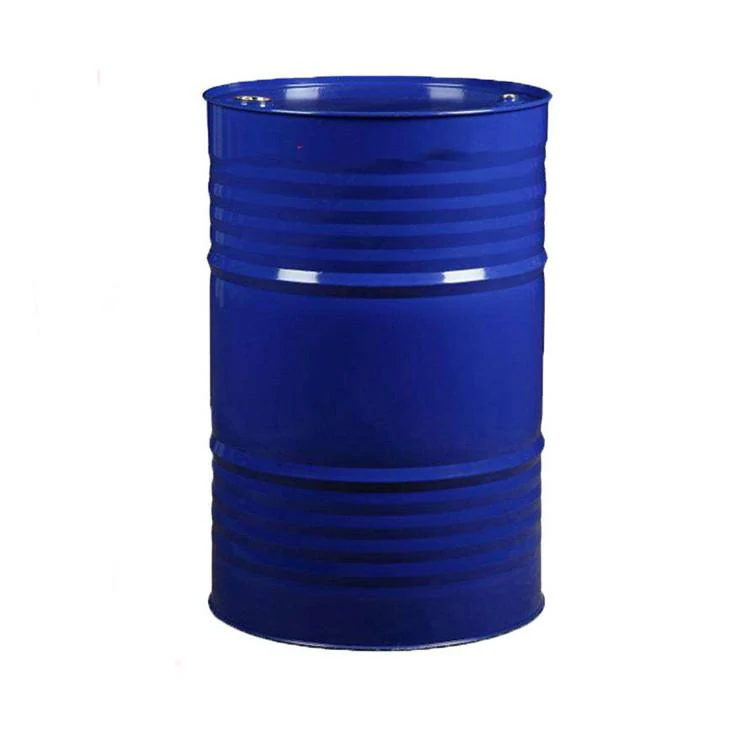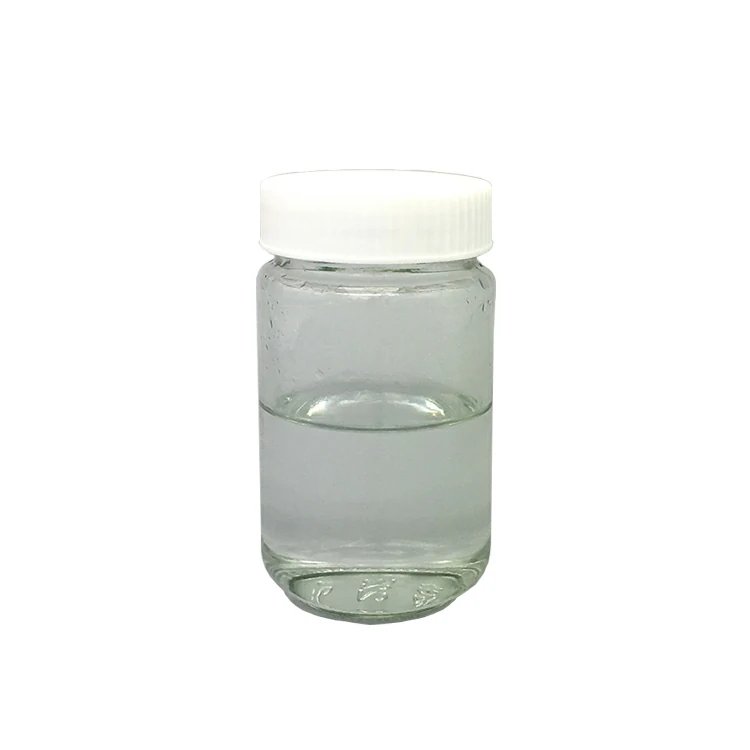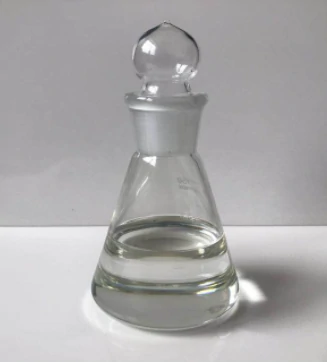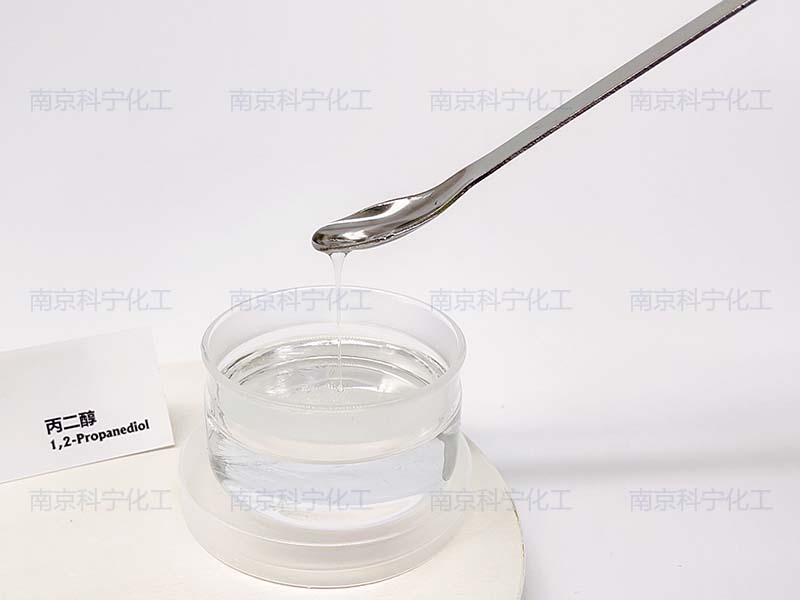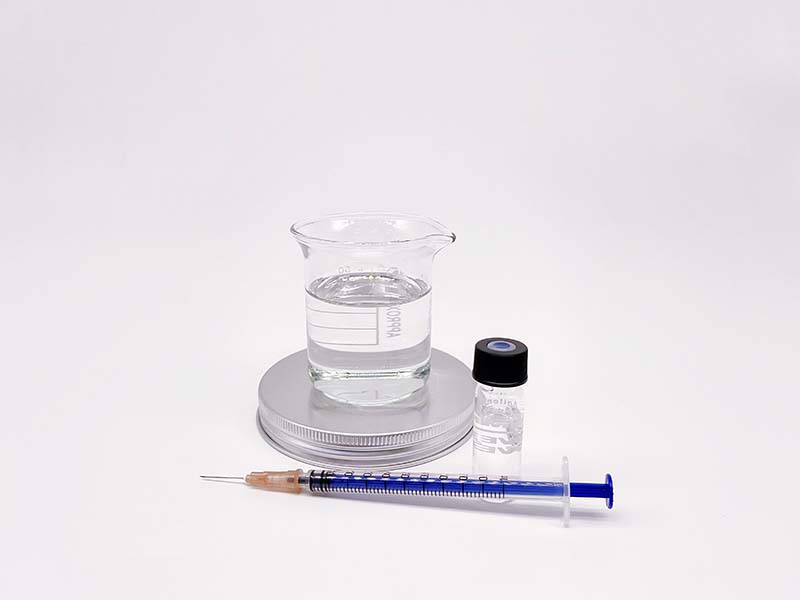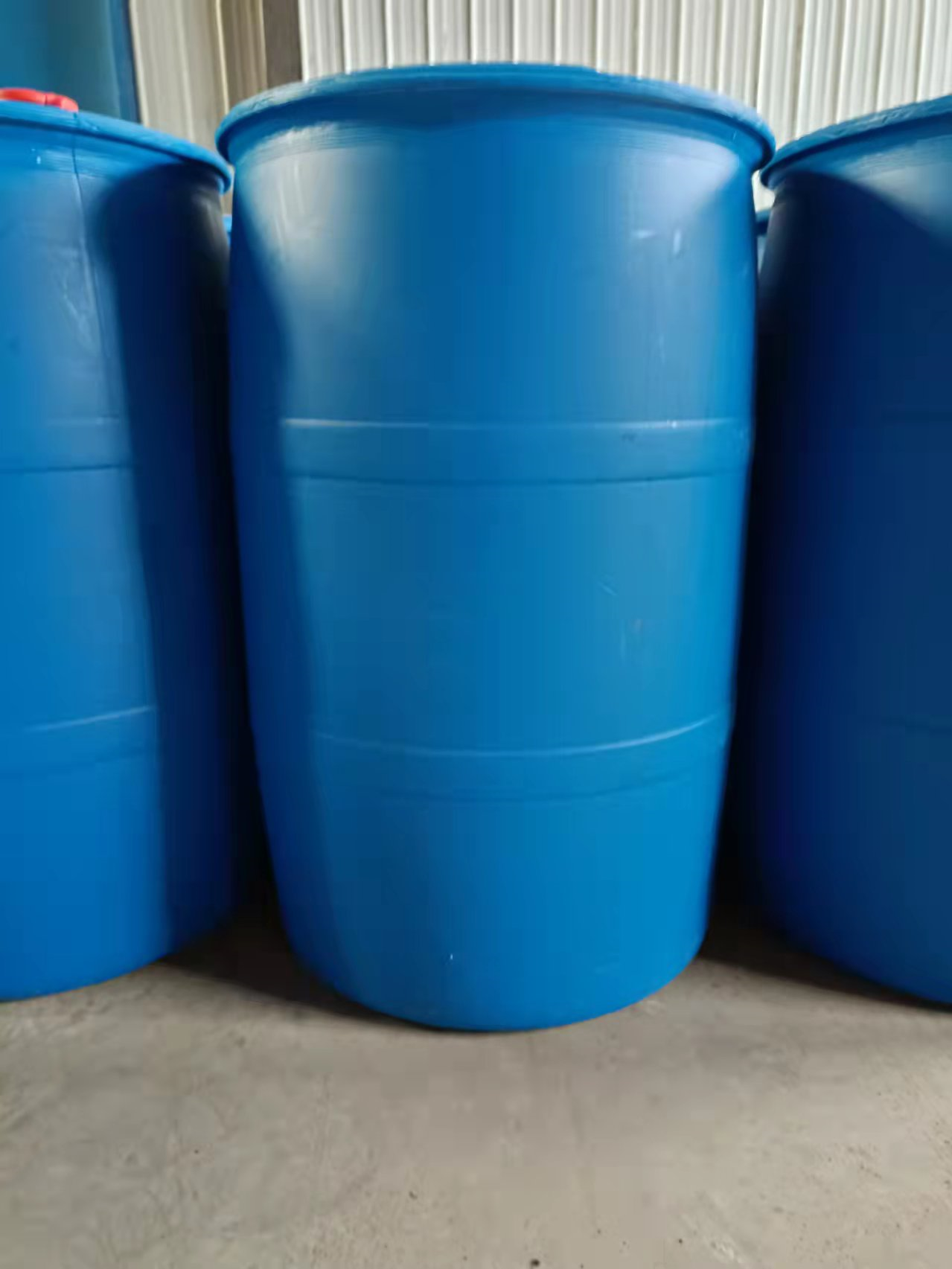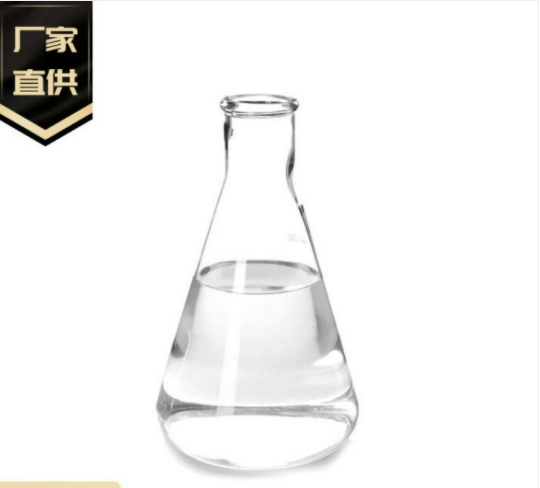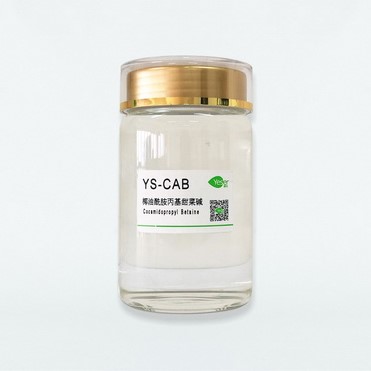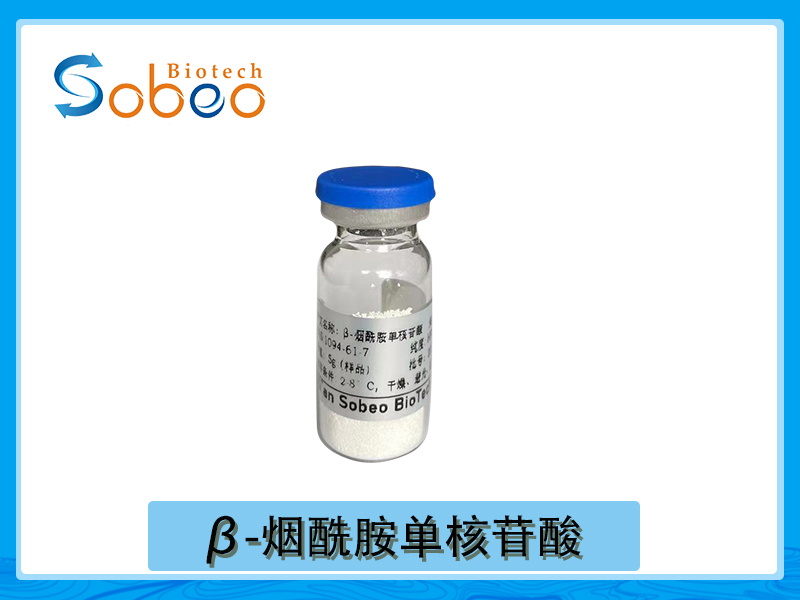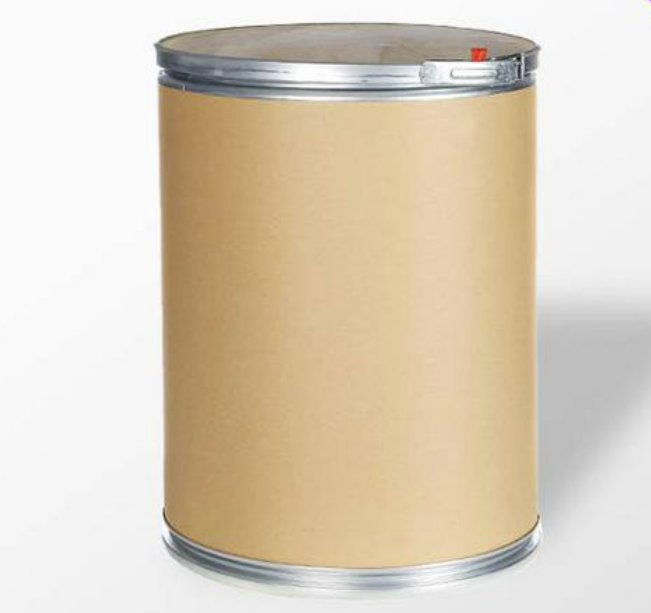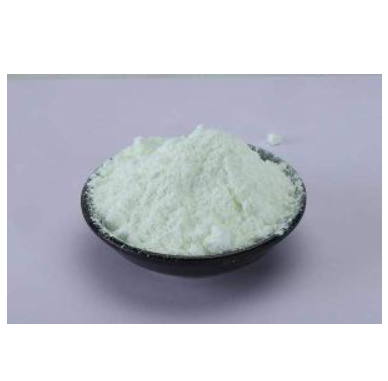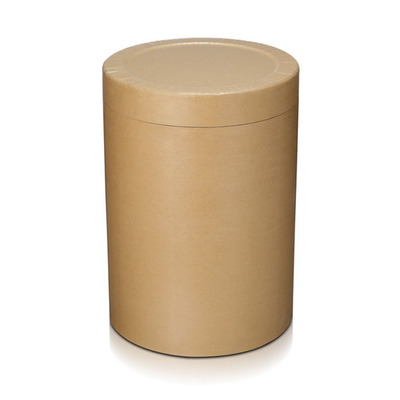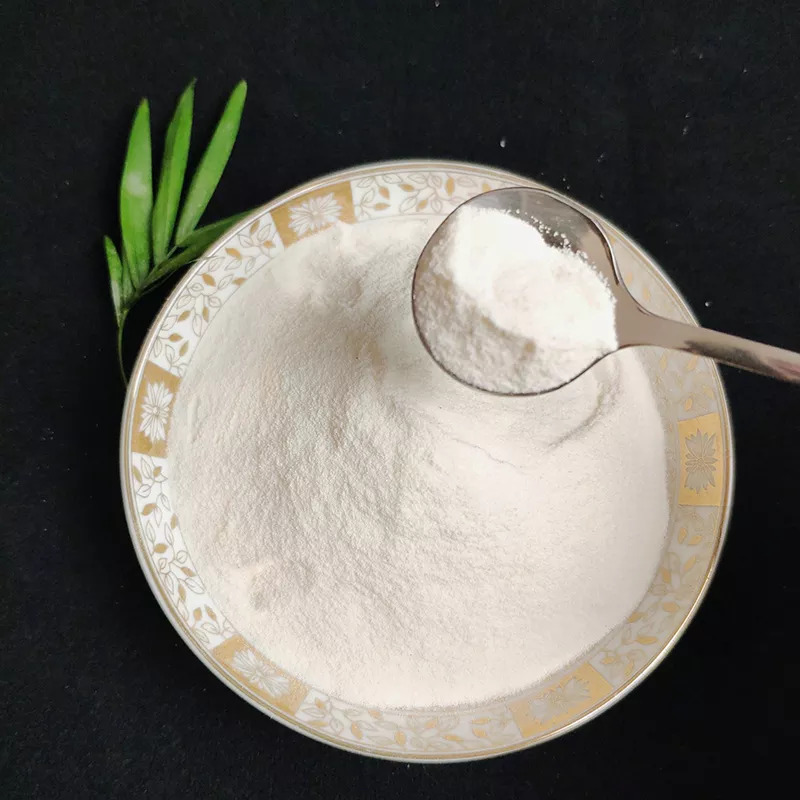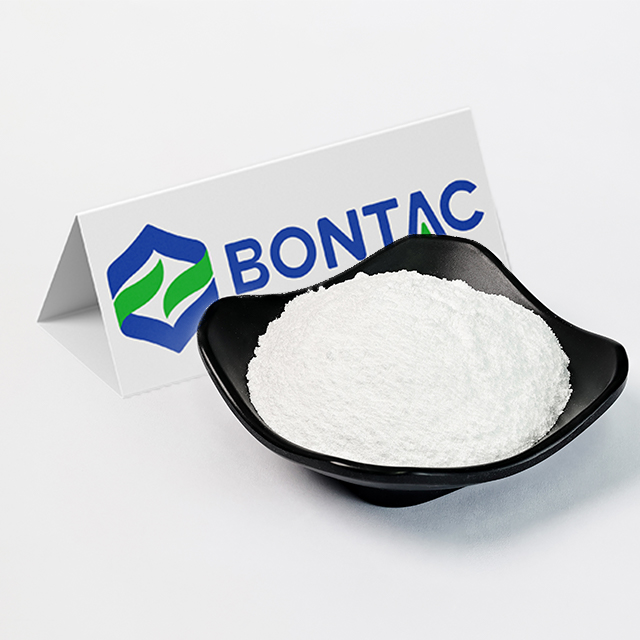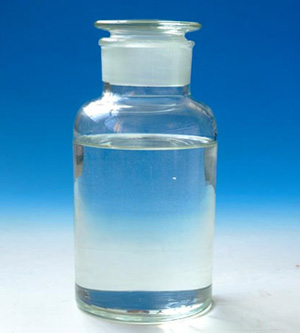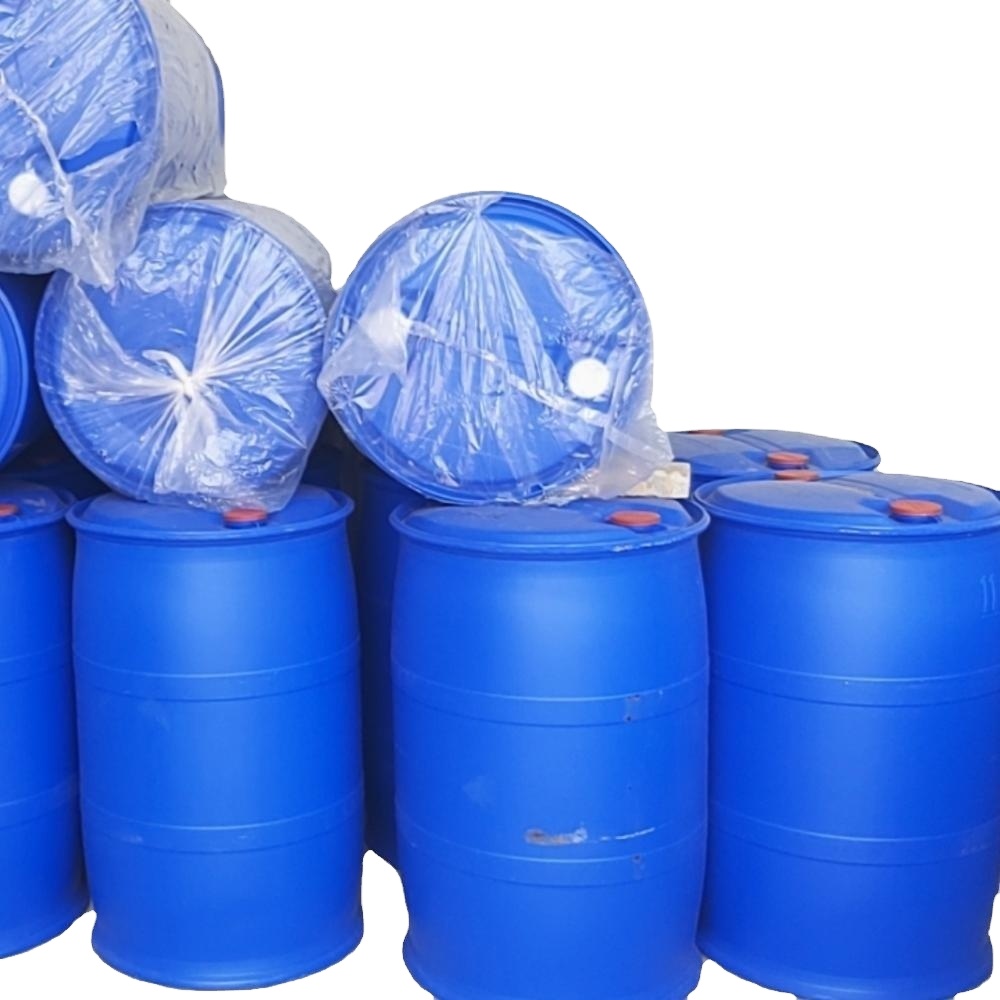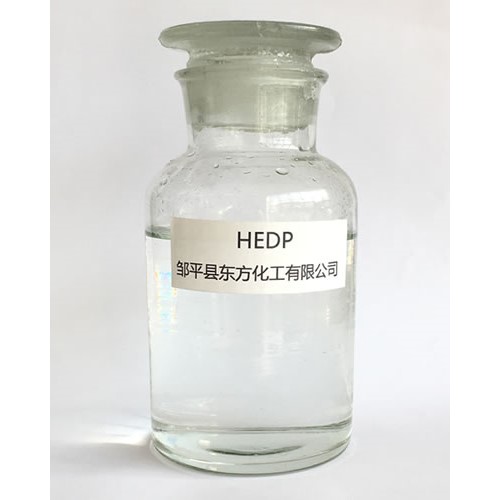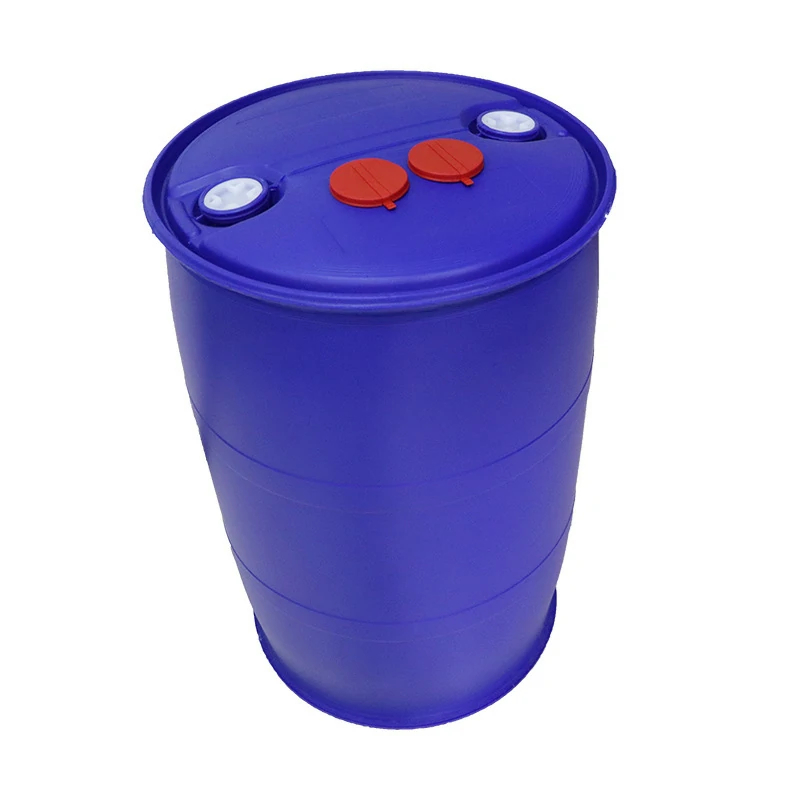Cosmetics
Find
902
related chemicals for youAlias
More Information
H-D-Val-Oh; D-Val; L- Alpha - Aminoiso - amyl acid; D-2-Aminoisovaleric Acid; (2R)-2-Amino-3-Methylbutanoic Acid; D-2-Amino-3-Methylbutanoic Acid; Valine, D-; Alpha-Amino-Isovalerianic Acid; (R)-α-Aminoisovaleric Acid, D-2-Amino-3-Methylbutanoic Acid; D-Valine,α-Amino Isovaleric Acid; L Valine
Brief Introduction
Valine is one of twenty protein amino acids. From a nutritional point of view, valine is also an essential amino acid. Its English name valine is named after valerian, and its Chinese name is also called valine. Its codons are guu, Gua, GUC and GUG. It is a nonpolar amino acid. In sickle cell disease, valine in hemoglobin replaces the hydrophilic amino acid glutamate: because valine is hydrophobic, hemoglobin cannot fold correctly. Valine is completely electrically neutral. When its side chain is also neutral, and the charge generated by its amino and carboxyl groups is just balanced, this molecule is called zwitterion. Food sources rich in valine include white cheese, fish, poultry, cattle, peanuts, sesame seeds and shore beans.It is used in medicine as one of the components of amino acid infusion, and can also be used as a nutritional supplement
Suppliers
View More Vendors (12) >
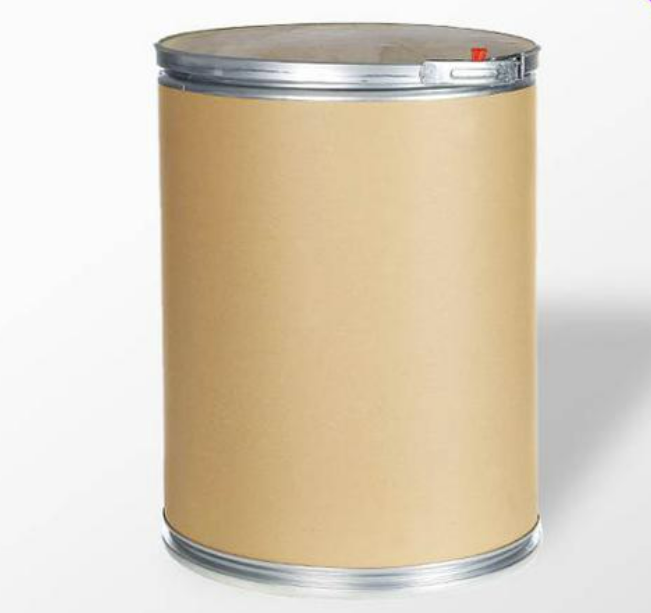
USP/EP/BP/CP/AJI
/
Pharm Grade
25kg
/
Fibre Drum
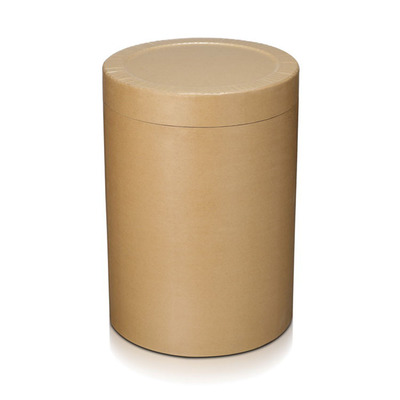
CP/EP/AJI/USP/FCC/High Purity Enterprise Standard
/
Pharm Grade
25kg
/
Fibre Drum
CAS:57-55-6
Molecular Formula:C3H8O2
Alias
More Information
Propane-1,2-Diol; 1,2-Propanediol; PG; _|_; Propyledne Glycol; Isopropylene Glycol; Monopropylene Glycol; Alpha-Propyleneglycol; 2-Hydroxypropanol; Methylethyl Glycol; Methylethylene Glycol; MPG; C3H8O2; PM00158; Propan-1,2-diol; пропиленгликоль; Mono Propylene Glycol; Propylene Glycol Food Grade; Mono Propylene Glycol; Propylene Glycol Transportation; Monopropyl Glycol; PM; PM158; Pharma Monopropylenglykol; 1,2-Propylene Glycol; mono Propyleenglycol; Propylene Glycol Animal feed Grade
Brief Introduction
Propylene glycol has good solubility, less toxicity and irritation. It is widely used as solvent, extraction solvent and preservative for injection (such as intramuscular injection, intravenous injection) and non injection drug preparations (such as oral liquid, eye preparation, ear preparation, dental preparation, rectovaginal preparation, transdermal preparation, etc.), and is better than glycerol, It can dissolve many substances, such as corticosteroids (sex hormones), chloramphenicol, sulfonamides, barbiturates, reserpine, quinidine, dehydrocortisone acetate, tetrahydropalmatine sulfate, nitrogen mustard hydrochloride, vitamin A, vitamin D, many volatile oils, most alkaloids and many local anesthetics.
Suppliers
View More Vendors (12) >

≥99.5%
/
Tech Grade
215kg
/
Iron Drum
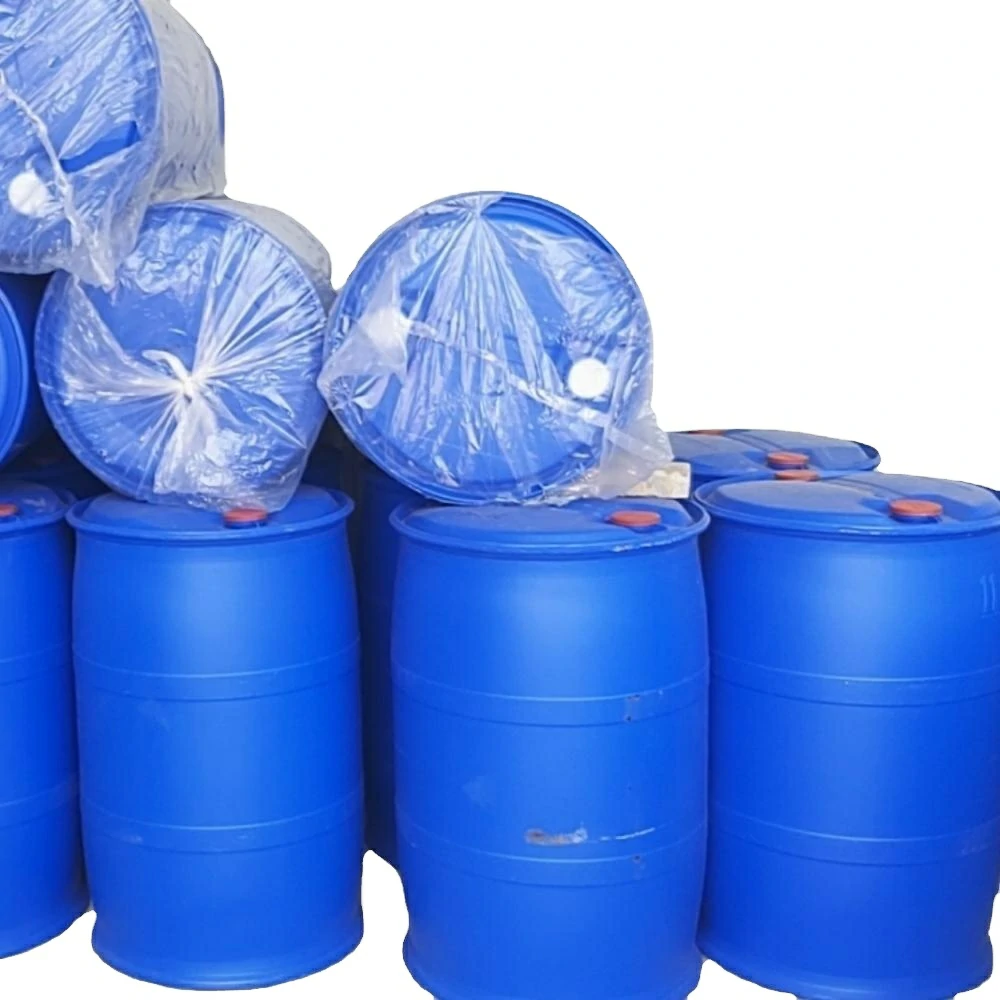
USP43/EP8.5
/
Pharm Grade
200kg
/
Plastic Drum
苏州嘉鼎化学有限公司
纯度99%
/
-
CAS:86438-79-1
Molecular Formula:C19H38N2O3
Alias
More Information
Coco Betaine; N-Cocamidopropyl-N,N-Dimethylglycine Inner Salt; Mirataine CB; Cocoanut Amide Betaine; CAB-35; 3-(Dodecanoylamino)Propyl; N-(3-Cocoamidopropyl)-Betaine; Cocamidopropyl Betaine; CAB; Cocooleamidopropylbetaine; Miratainecb; Cocoamphodiproprionate; 1-Propanaminium,N-Carboxymethyl-N,N-Dimethyl-3-Amino-,N-(Mixedcocoacyland9-Octadecenoyl)Derivs.,Hydroxides,Innersalts
Brief Introduction
This product is used for foaming, thickening, adjusting agents, shampoo, foam bath and cleansing cream, as well as softeners and antistatic agents for fabrics.
Suppliers
View More Vendors (10) >
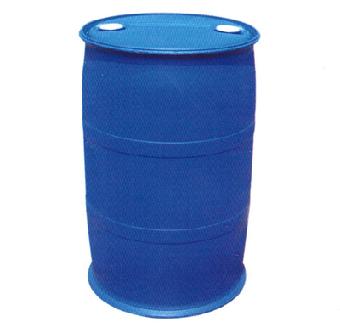
CAB-35 Appearance: light yellow transparent liquid, PH: 4.5-5.5, solid content (%): 35±2
/
Tech Grade
50kg
/
Plastic Drum
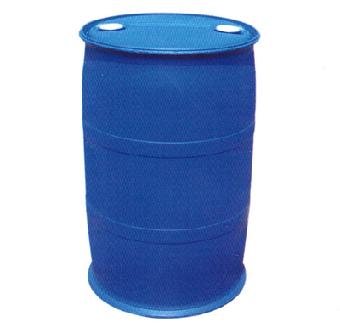
PH 4.5-5 solid 35% moisture 65%
/
Tech Grade
50kg
/
Plastic Drum
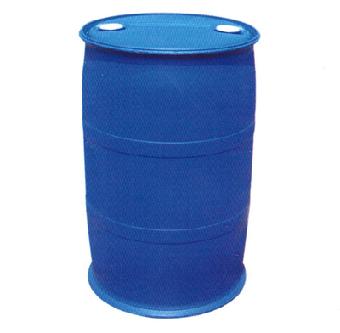
PH value (1% aqueous solution): 5-8; Solid content (%): 35 ± 2; Active substance content (%): 35 ± 2; Free amine (%): ≤ 1
/
Tech Grade
200kg
/
Plastic Drum
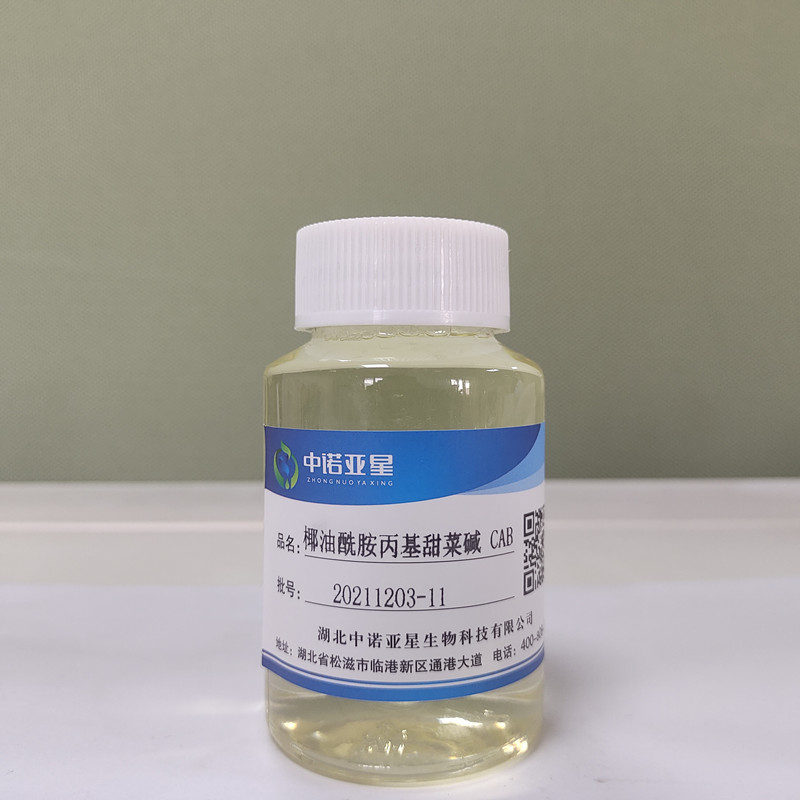
Active substance content: 30% ± 1%
/
Tech Grade
200kg
/
Plastic Drum

Colourless to yellow transparent liquid, no mechanical impurities
/
Cosmetic Grade
210kg
/
Plastic Drum
CAS:1094-61-7
Molecular Formula:C11H15N2O8P
Alias
More Information
β-NMN; NMN; Beta-Nicotinamide Mononucleotide; Nicotinamide D-Ribonucleotide; β-Nicotinamide Mononucleotide NMN; NMN Zwitterion; Nicotinamide Mononucleotide; Nicotinamide Ribotide; Nicotinamide Nucleotide
Brief Introduction
Nicotinamide mononucleotide ("NMN" and "β-NMN") is a nucleotide derived from ribose and nicotinamide. Niacinamide (nicotinamide,) is a form of vitamin B3 (niacin.) As a biochemical precursor of NAD+, it may be useful in the prevention of pellagra.
Its unconcentrated form, niacin, is found in a variety of nutritional sources: Peanuts, Mushrooms (portobello, grilled), Avocados, Green Peas (fresh), and certain fish and animal meats.
In studies [on mice], NMN has shown to reverse age-related arterial dysfunction by decreasing oxidative stress.
The anti-ageing properties will be tested on humans in July 2016.
Suppliers
View More Vendors (10) >
Suzhou Myland Pharm & Nutrition Inc.
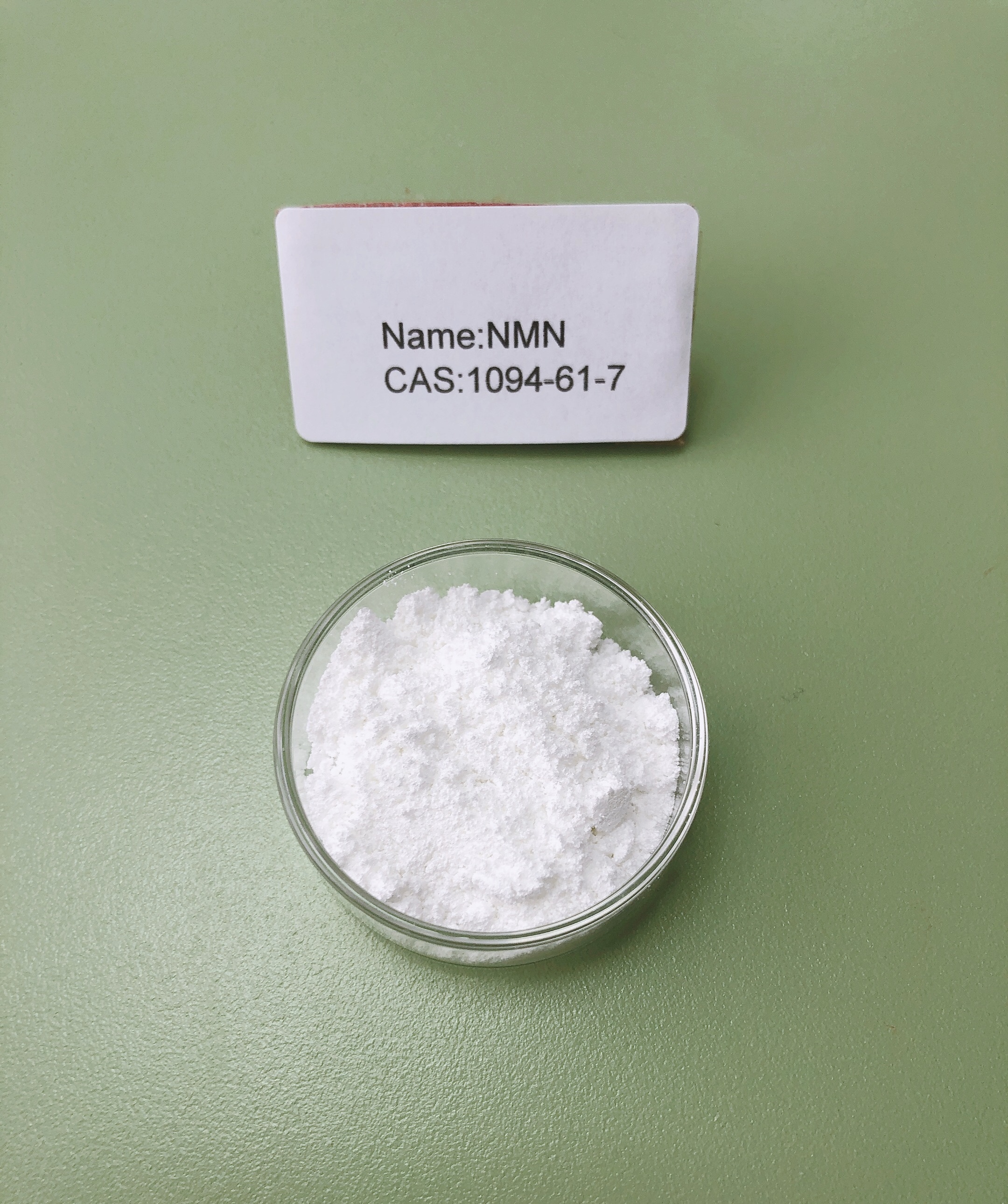
98%
/
Food Grade
Chuangxin Biotech
99
/
Food Grade
25kg
/
Fibre Drum
CAS:2809-21-4
Molecular Formula:C2H8O7P2
Alias
More Information
HEDP; Hedpa; 1-Hydroxyethylidene-1,1-Diphosphon IC ACID; 1-Hydroxy Ethylidene-1,1-Diphosphonic Acid; (1-Hydroxyethane-1,1-Diyl)Diphosphonic Acid; (1-Hydroxy-1-Phosphonoethyl)Phosphonic Acid; Ethane-1-Hydroxy-1,1-Diphosphonic Acid; 1-Hydroxyethylidene-1,1-Diphosphonic Acid; 1-Hydroxyethane 1,1-Diphosphonic acid; 1-Hydroxyeth; Etidronsaeure; Hydroxyethanediphosphonic Acid; Acetodiphosphonic Acid; EHDP; Etidronate; 1-Hydroxy-1,1-Diphosphonoethane; Turpinal Sl; Etidronic Acid Monohydrate (Hedp); Oxyethylidenediphosphonic Acid; Ethane-1-Hydroxy-1,1-Bisphosphonic Acid; HEDP(A); Hydroxyethylidene-1,1-Diphosphonicacid(HEDP); 1-Hydroxyethylidenediphosphonic Acid; Hydroxyethylidene Diphosphonic acid(HEDP); 1-Hydroxy-1,1-Ethanediyl Ester; Oxyethylidenediphosphonic Acid(OEDP); hedp Powder; hedp 60
Brief Introduction
Pure etidronic acid is white crystal, industrial etidronic acid is colorless to light yellow transparent liquid, soluble in water, methanol and ethanol. Hydroxyethylidene diphosphonic acid is a kind of chemical raw material, which is often used in industrial water treatment, household cleaning products and personal care products. This product is the main material of cyanide free electroplating. It is used to prepare cyanide free copper electroplating solution. The copper coating directly plated on sodium iron has good adhesion, smooth coating and good color. In addition, hydroxyethylidene diphosphonic acid is often used as scale and corrosion inhibitor in boiler water, circulating water and oilfield water injection treatment. It is generally combined with polyhydroxy acid scale inhibitor and dispersant, and can also be used as color fixing agent and hydrogen peroxide stabilizer in bleaching and dyeing industry.
Suppliers
View More Vendors (10) >
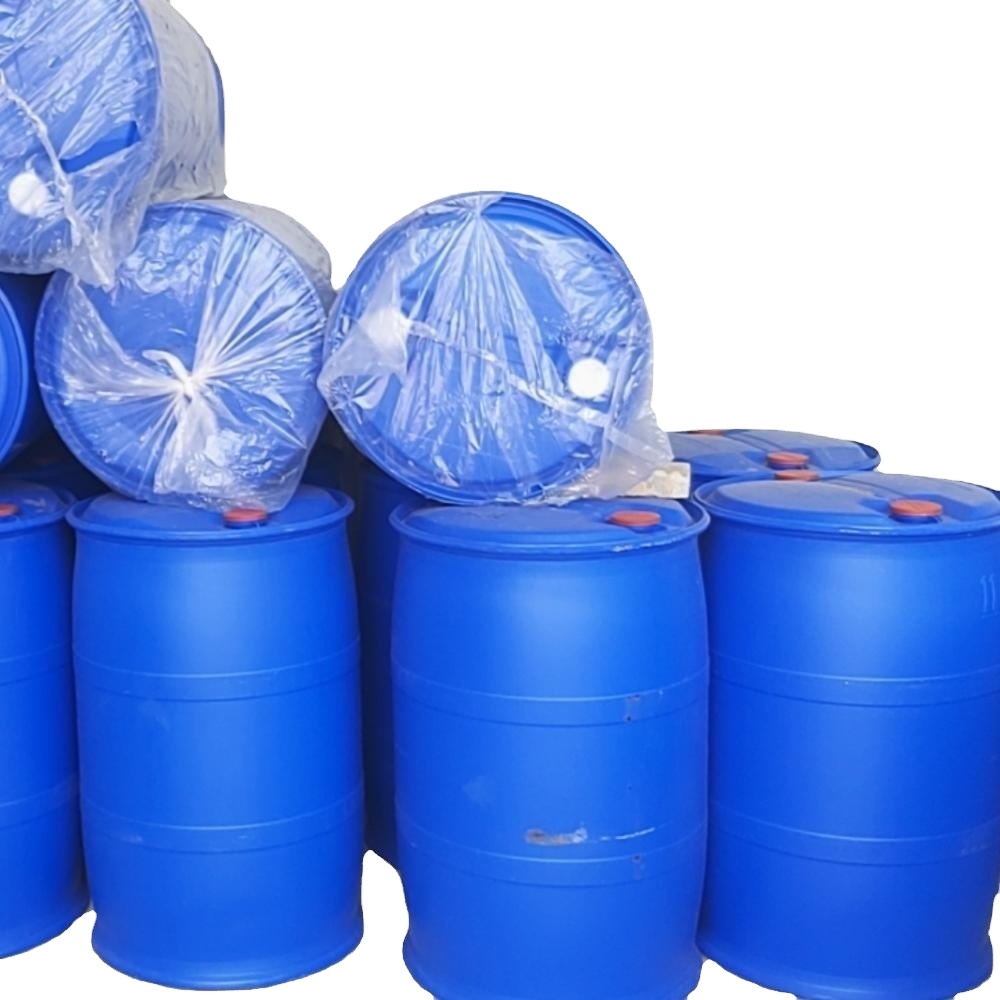
Active content (HEDP): :58.0-62.0%
/
Tech Grade
250kg
/
Plastic Drum
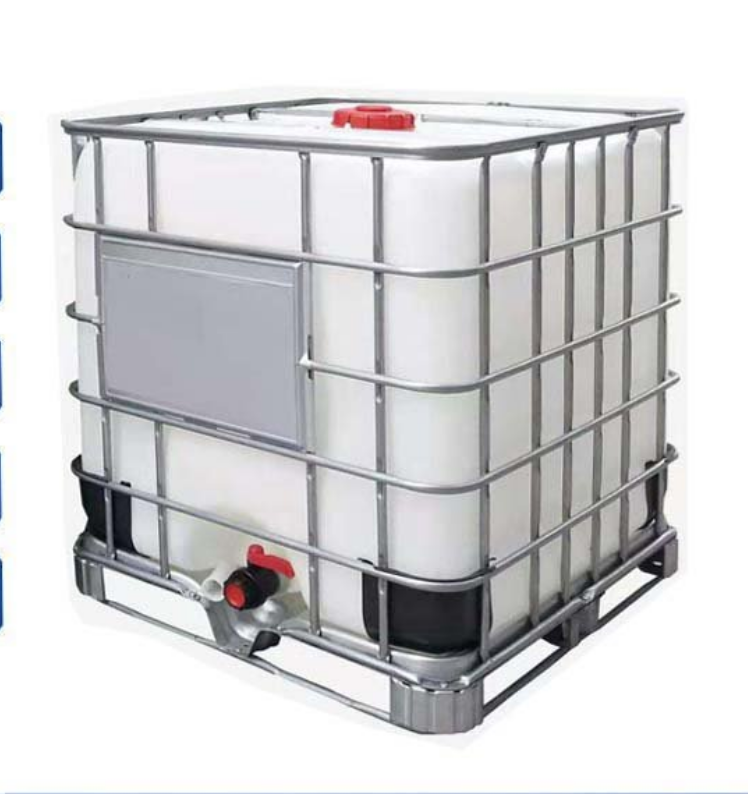
60.5%
/
Tech Grade
1400kg
/
IBC Drum
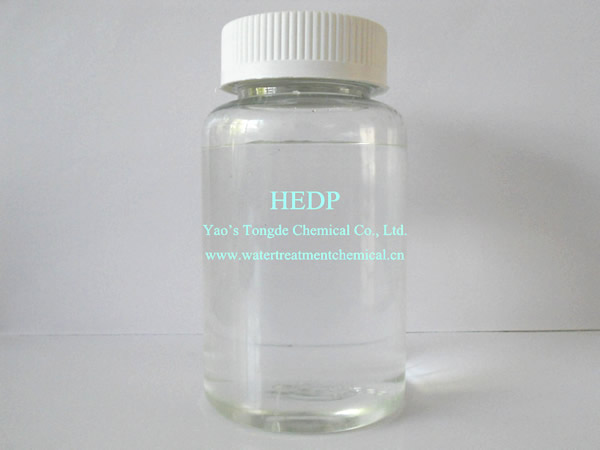
58.0%-62.0%
/
Tech Grade
1250kg
/
IBC Drum
Shandong Changlian Fine Chemical Co.,Ltd.
≥89.0
/
Tech Grade
30kg
/
Plastic Drum
Inquiry (
10
/ 10
)
Clear All
You can inquire for up to 10 products at a time
Sign In
Error!

